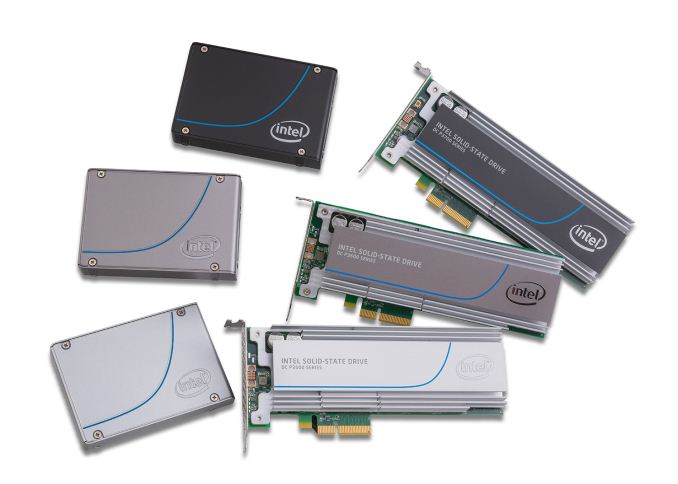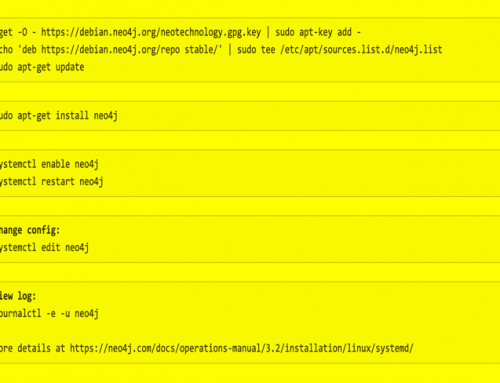The first computer I owned was an Acorn Atom with 4K of memory and a cassette-tape as storage device.
In the mid 1980’s the ST506 based harddiscs arrived and in it’s prime time it was 20Mb and transferred data at 7.5 Mbit/s.
At that time I was working for a company which still had a Philips system running with core memory, albeit smaller than the one in the picture but handmade core non the less. The introduction of the spinning harddisc was game changing. The progress in size and speed was enormous, not to mention space; storage as well as physical.
Progress did not stop there, improvements and new standards were made year after year and currently SATA at 6 Gbit/sec is the norm.
Look at that graph, something has been boiling for some time now and it’s about to explode. For quite some time SSD drives are available and it is almost common knowledge that you can improve performance enormously by replacing your laptop harddrive with a SSD disk. A 1 terabyte SSD is well below 500 euro’s at the moment.
Like the harddiscs this new speedy disk is connected via SATA, an interface which was developed with moving platters in mind and performance is fine for real harddisks but these SSD disks are pushing the limits.
The only way to get the optimal performance out of SSD is to get rid of the SATA interface, and that is exactly what currently is happening. Some manufacturers already started moving their SSD to the PCI bus, the M2 cards are basically a micro version of the PCI bus and connect directly to the CPU.
Great stuff, to compare speeds a new standard evolved as well, instead of MB/s we started measuring in IOPS, most PCI extensions cards which take an M2 card do around 120K IOPS for read and 78K for write. The fastest harddisk is around 210 IOPS, note the lack of the K there, 120000 vs 210.
Impressive improvements, but it does not stop here. By getting rid of the SATA layer a more efficient way of taling to the SSD became possible, Intel initiated the development of NVMe and launched server products in 2014, its first consumer version will be available early June 2015.
The improvement you ask? Read IOPS is four times faster and speeds up to 430000 IOPS and write performance roughly triples to 230000 IOPS.
The interesting thing is that the P3700 server version and its consumer nephew are almost equal speed-wise. Not too surprising as it uses the exact same chipset. If you want to add some steroids to your workstation the Intel 750 is the way to go.
The main difference between the P3700 and 750 is durability. Writing to SSD wears it out, and like any old harddisc there will be a moment that it needs to be replaced. The timespan for the consumer version is set on 2.19 petabyte while the server version is specified on 36.5 petabyte written.
The first harddiscs ST-506 harddisc introduced in 1980 was 5Mb in size and was sold for $1500,- which, according to Wikipedia, is around $4293,- now. Wouldn’t you be surprised that these new discs are as steep in price as back in those days?
Well be surprised, the 400Gb consumer model is around €375,- ex Vat while the 1.2Tb is actual just below €1000,-
The server versions are a bit more expensive, €800 for the 400Gb version just above €4000,- for 2T. There are also 800G and 1.6T versions.
Apart from speeding up the boot time of your workstation these Intel cards might be very useful for other applications where lots of data needs to be read or written as quickly as possible. Hmm it could very well be the ideal storage for a Graph database server 🙂





